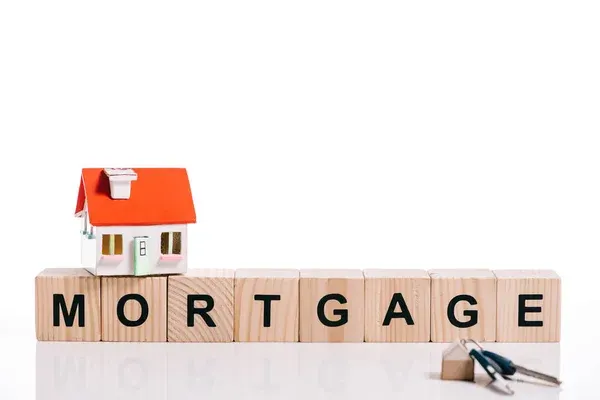Your home is likely your biggest investment — and your mortgage is one of your largest financial commitments. Over time, market conditions, personal finances, and interest rates change, which might make refinancing your mortgage a smart move.
Refinancing can help you lower monthly payments, reduce interest costs, or access home equity, but it’s not always the right choice for everyone. This guide explains when and how refinancing makes sense, along with tips to get the most benefit.
🔹 What Is Mortgage Refinancing?
Mortgage refinancing means replacing your existing home loan with a new one, typically with different terms or a new interest rate. The new mortgage pays off the old one, and you start making payments on the new loan.
Homeowners usually refinance to lower their interest rate, change their loan type, or tap into home equity.
🔹 When Does Refinancing Make Sense?
Refinancing can save you money or help you reach other financial goals — but only under the right circumstances. Here are the most common reasons it makes sense:
✅ 1. Interest Rates Have Dropped
If current mortgage rates are at least 1% lower than your existing rate, refinancing could significantly reduce your monthly payments and total interest cost.
Example:
If your current rate is 7% and you can refinance to 6%, you could save thousands over the life of your loan.
✅ 2. You Want to Lower Monthly Payments
By refinancing to a longer loan term, you can spread your payments over more years — reducing your monthly payment amount.
However, remember that this might increase your total interest paid over time.
✅ 3. You Want to Pay Off Your Loan Faster
If your income has increased and you can afford higher payments, refinancing to a shorter loan term (e.g., from 30 years to 15 years) can help you build equity faster and pay less interest overall.
✅ 4. You Want to Switch Loan Types
Many homeowners refinance to switch between:
- Adjustable-rate mortgage (ARM) → Fixed-rate mortgage for stability.
- Fixed-rate mortgage → ARM to take advantage of initially lower rates (if they plan to move soon).
✅ 5. You Want to Access Home Equity
With a cash-out refinance, you can borrow more than you owe on your home and take the difference in cash.
This money can be used for home improvements, debt consolidation, or education expenses.
Example:
If your home is worth $300,000 and you owe $200,000, you may refinance for $250,000 and receive $50,000 in cash.
🔹 When Refinancing Might Not Make Sense
Refinancing isn’t always beneficial. It may not be the right move if:
- Your closing costs outweigh potential savings.
- You plan to sell your home soon.
- Your credit score has dropped, leading to higher rates.
- You already have a low fixed-rate mortgage and minimal years left on your loan.
Always calculate your break-even point — the time it takes for your monthly savings to cover the cost of refinancing.
🔹 How to Refinance Your Mortgage
Here’s a step-by-step guide to make the process smooth and efficient:
🏡 Step 1: Assess Your Financial Goals
Decide what you want to achieve — lower payments, faster payoff, or cash out. Your goal determines the best refinance type.
🏦 Step 2: Check Your Credit Score
A higher credit score can help you qualify for better interest rates. Review your credit report and fix any errors before applying.
📑 Step 3: Shop Around for Lenders
Compare rates and fees from multiple lenders. Even a 0.25% difference can lead to thousands in savings.
💰 Step 4: Calculate the Costs
Refinancing usually comes with closing costs (2–6% of your loan amount). Make sure your long-term savings outweigh these expenses.
🖊 Step 5: Submit Your Application
Provide necessary documents like:
- Pay stubs and tax returns
- Bank statements
- Proof of home insurance
Your lender will then review your financial profile and property value.
🔏 Step 6: Lock Your Rate and Close the Loan
Once approved, you’ll sign new loan documents. Your old mortgage will be paid off, and your new loan terms will take effect.
🔹 Tips to Maximize Refinancing Benefits
- Monitor market trends and act when rates dip.
- Improve your credit before applying.
- Avoid unnecessary refinancing — don’t refinance just for small rate changes.
- Consider no-closing-cost refinancing if you plan to sell soon.
🔹 The Bottom Line
Refinancing your mortgage can be a powerful financial tool — but timing and goals matter. If rates have fallen, your credit has improved, or you need to access home equity, refinancing could save you thousands and provide more flexibility.
However, if you plan to move soon or your savings are minimal, it might be better to wait. Always evaluate your long-term financial goals and break-even point before making the move.
When done right, refinancing your mortgage can bring you one step closer to financial freedom and homeownership stability.

